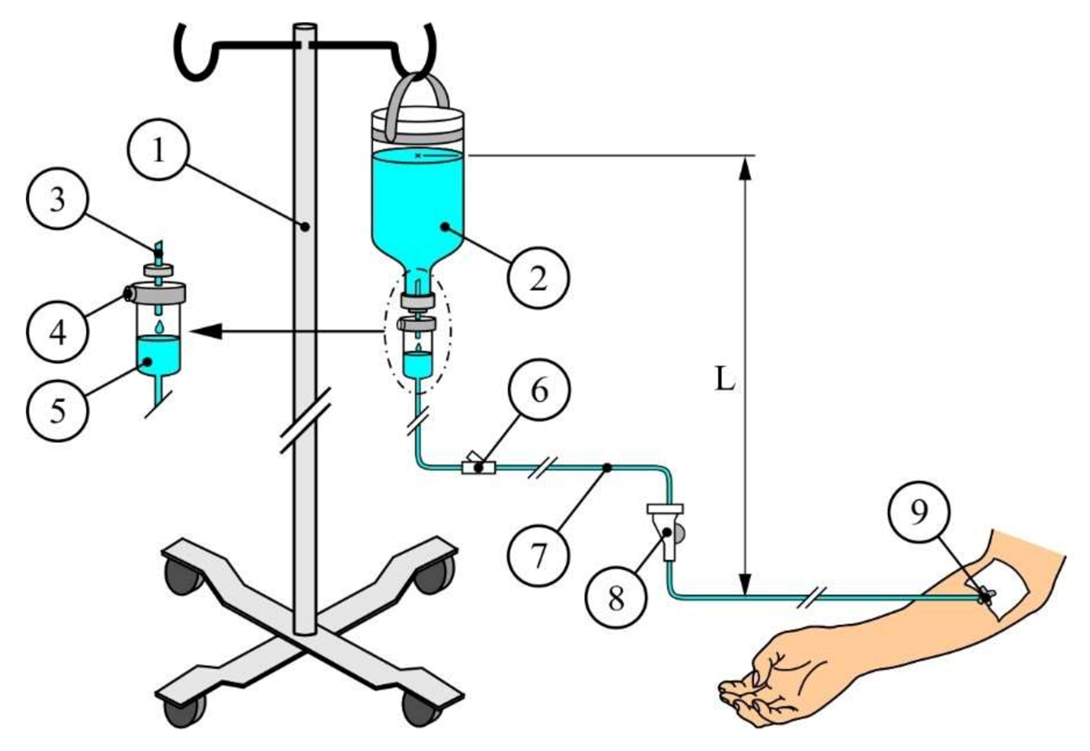A nurse is caring for a client who has cholecystitis with cholelithiasis and obstruction of the common bile duct. The nurse should expect the client's urine to appear which of the following colors?
Pale yellow
Red
Greenish-brown
Dark and concentrated
The Correct Answer is C
Choice A reason: Pale yellow is the normal color of urine, indicating adequate hydration and no bilirubin in the urine. Bilirubin is a pigment that is produced when red blood cells are broken down. It is normally excreted in the bile, but if the bile duct is obstructed, it can accumulate in the blood and urine, causing jaundice and dark urine.
Choice B reason: Red urine can indicate blood in the urine, which can be caused by various conditions such as urinary tract infection, kidney stones, trauma, or cancer. It is not related to bile duct obstruction or cholecystitis.
Choice C reason: Greenish-brown urine can indicate bilirubin in the urine, which can be caused by bile duct obstruction or liver disease. It is a sign of cholestasis, which is a reduced or stopped flow of bile. The nurse should monitor the client for other signs of cholestasis such as jaundice, clay-colored stools, pruritus, and abdominal pain.
Choice D reason: Dark and concentrated urine can indicate dehydration, which can be caused by various factors such as fluid loss, fever, vomiting, or diarrhea. It is not related to bile duct obstruction or cholecystitis.
Nursing Test Bank
Naxlex Comprehensive Predictor Exams
Related Questions
Correct Answer is C
Explanation
Choice A reason: This is not a correct instruction because drinking a carbonated beverage before bed can worsen the reflux symptoms by increasing the gastric pressure and the production of gas.
Choice B reason: This is not a correct instruction because increasing fatty foods can worsen the reflux symptoms by delaying the gastric emptying and relaxing the lower esophageal sphincter (LES), which allows the stomach acid to flow back into the esophagus.
Choice C reason: This is a correct instruction because elevating the head of the bed when sleeping can help prevent the reflux symptoms by using gravity to keep the stomach contents from flowing back into the esophagus.
Choice D reason: This is not a correct instruction because eating dinner late in the evening can worsen the reflux symptoms by increasing the amount and acidity of the stomach contents, which can easily flow back into the esophagus when lying down. The client should avoid eating within 3 hours of bedtime.
Correct Answer is A
Explanation
Choice A reason: This is a correct answer because normal saline is an isotonic solution, which means it has the same osmolarity as the blood plasma. It does not cause any fluid shifts between the intracellular and extracellular compartments, and it can help restore the fluid balance and the blood pressure of the dehydrated client.
Choice B reason: This is not a correct answer because 1/2 normal saline is a hypotonic solution, which means it has a lower osmolarity than the blood plasma. It causes fluid to shift from the extracellular to the intracellular compartment, which can lead to cellular swelling and edema. It is not suitable for rapid infusion, as it can cause hemolysis and hypotension.
Choice C reason: This is not a correct answer because D5W (5% Dextrose in Water) is an isotonic solution when it is in the IV bag, but it becomes hypotonic once it enters the body, as the dextrose is rapidly metabolized and only water remains. It causes fluid to shift from the extracellular to the intracellular compartment, which can lead to cellular swelling and edema. It is not suitable for rapid infusion, as it can cause hemolysis and hypotension.
Choice D reason: This is not a correct answer because D5 1/2 normal saline is a hypertonic solution, which means it has a higher osmolarity than the blood plasma. It causes fluid to shift from the intracellular to the extracellular compartment, which can lead to cellular shrinkage and dehydration. It is not suitable for rapid infusion, as it can cause hypernatremia and fluid overload.

Whether you are a student looking to ace your exams or a practicing nurse seeking to enhance your expertise , our nursing education contents will empower you with the confidence and competence to make a difference in the lives of patients and become a respected leader in the healthcare field.
Visit Naxlex, invest in your future and unlock endless possibilities with our unparalleled nursing education contents today
Report Wrong Answer on the Current Question
Do you disagree with the answer? If yes, what is your expected answer? Explain.
Kindly be descriptive with the issue you are facing.
